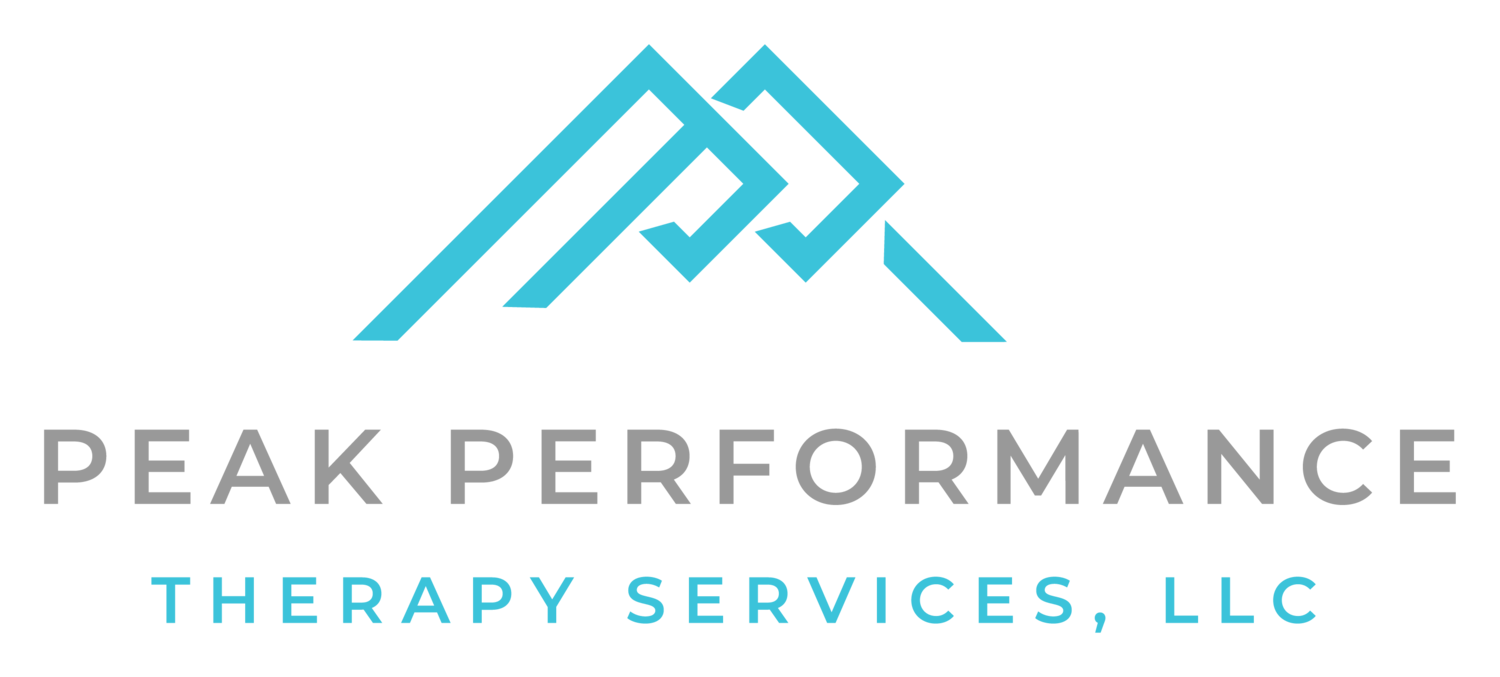Improve Hip Mobility to Squat Better
One of the most common questions that we get at Peak Performance is “how do I improve my squat depth and technique?” Assuming our athletes know how to brace properly, this usually comes down to two limiting factors: hip mobility and ankle mobility.
First, we will address the hip mobility issue, and in a later blog post, we will talk about how to improve ankle mobility.
When it comes to squatting, there are 3 primary directions of hip mobility that we focus on: hip flexion, hip Abduction, and hip internal rotation. In order to get into a good ATG squat (or even to have a good squat to parallel), we need for all 3 of these directions to have good flexibility, but more importantly good control.
Today, we are going to share 6 of our favorite exercises for improving mobility and control for excellent squat depth.
Banded Lateral Hip Distraction w/ Hip Flexion
This is a great joint mobilization that we use prior to squatting in order to get the joint capsule loosened up and primed for reaching those deeper ranges of motion. What we love about this exercise is that we can really play around with different hip movements, like layering in some hip internal or external rotation (turning the foot in or out) to help loosen things up and hit those areas of limitation a little bit better. We recommend doing this for a minute or two as part of your pre-squat warm-up, but it doesn’t need to take up a huge chunk of time.
Blocked Hip CARs on Rig
We really love hip CARs for further mobilizing a tight hip joint capsule. Our goal here is to make as big of circles as we possibly can, while avoiding any pinching (although our lateral banded hip mobilizations should help reduce or get rid of any pinching if done prior to these). Our idea here is to improve our awareness of where our hip is in space and really prime the hip capsule for some loaded movements at those end ranges of motion. We’d recommend 3-5 reps of this prior to squatting.
Frog Stretch w/ Anterior Pelvic Tilt
The Frog stretch is a great hip opener to get the hip adductors (groin) loosened up a little bit so that we can drive our knees out and keep that good knees over toes position in the squat. We really like to add in a pelvic tilt with this stretch (rocking the hips forward) to help add some more context and improve pelvic control with that deeper hip flexion. We recommend either rocking in and out of the stretch, or doing a short 30 second hold here if doing it as part of a squat warm-up.
90/90 Hip Internal Rotation End-Range Holds
One of the most commonly overlooked directions for squat depth is hip internal rotation (partly because it’s awkward AF). This direction tends to be the key to unlocking the hips and achieving greater degrees of hip flexion. We love this 90/90 end-range hold for this direction because it allows us to shorten the gap between our passive and our active range of motion. For this, we recommend using a band or strap to lift the back foot as high as possible, then we cue our patients to fight for that range of motion while you take the assistance away and try to use your muscles to hold the same position for 3-5 seconds, and then lower slowly. As you get better at this, eventually take away that assistance and just use your muscles to raise, hold, and lower your leg. We’d recommend 5-10 reps of this prior to squatting to unlock your internal rotation and improve your control!
Hip Flexion End-Range Holds
One key piece of the squat that is often overlooked is the ability to activate your hip flexors while in deep hip flexion. When lowering into the squat, we need for our hip flexors to concentrically control our hips, and then maintain an isometric contraction in the bottom of our squat, and eccentrically control our ascent out of the bottom of our squat. The biggest mistake that we see is that most of our athletes don’t know how to access their hip flexors at the bottom of the squat or on the ascent. This drill teaches us to activate our hip flexors when they are maximally shortened, and then eccentrically control them as we lower our leg back down. We recommend doing 3-5 reps of this prior to lifting.
Hip mobility and control is one of the most limiting factors we see in our CrossFit athletes and lifters.
If you have nagging pain with squatting or have trouble getting into deeper ranges of motion, why continue to struggle alone?
Give us a call to learn how you can get rid of those nagging pains for good and reach your Peak Performance: (864) 362-0072

